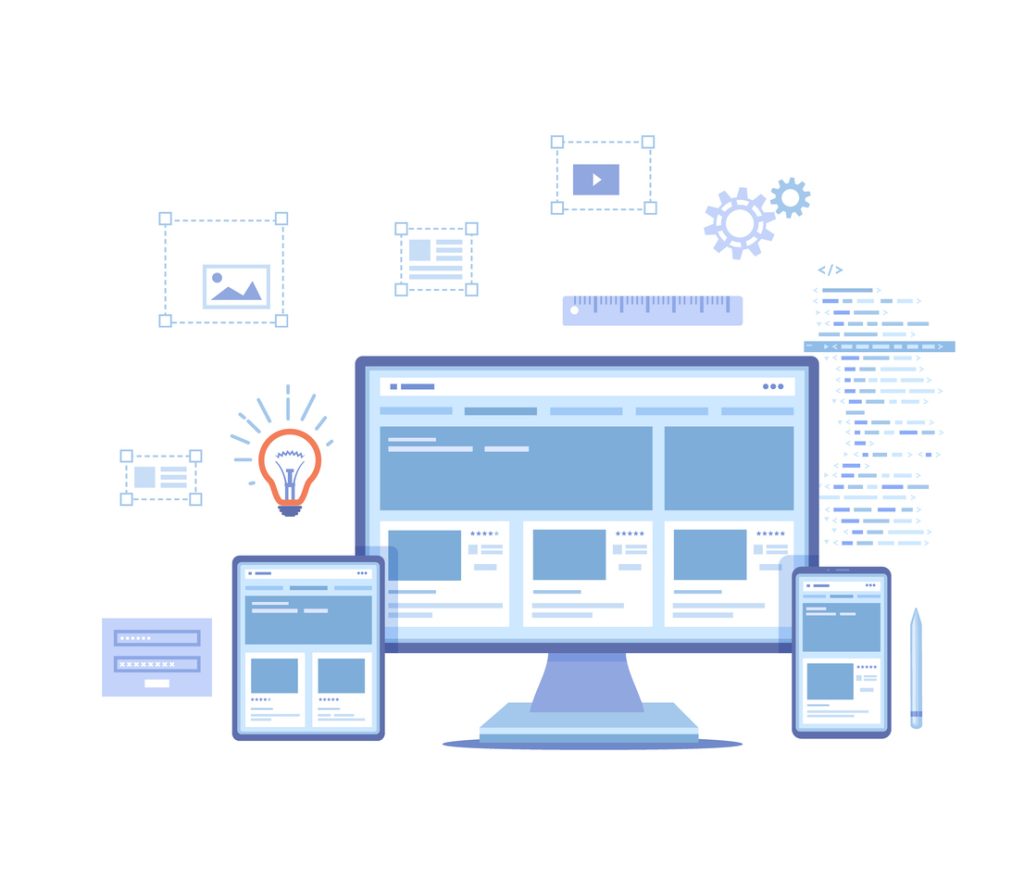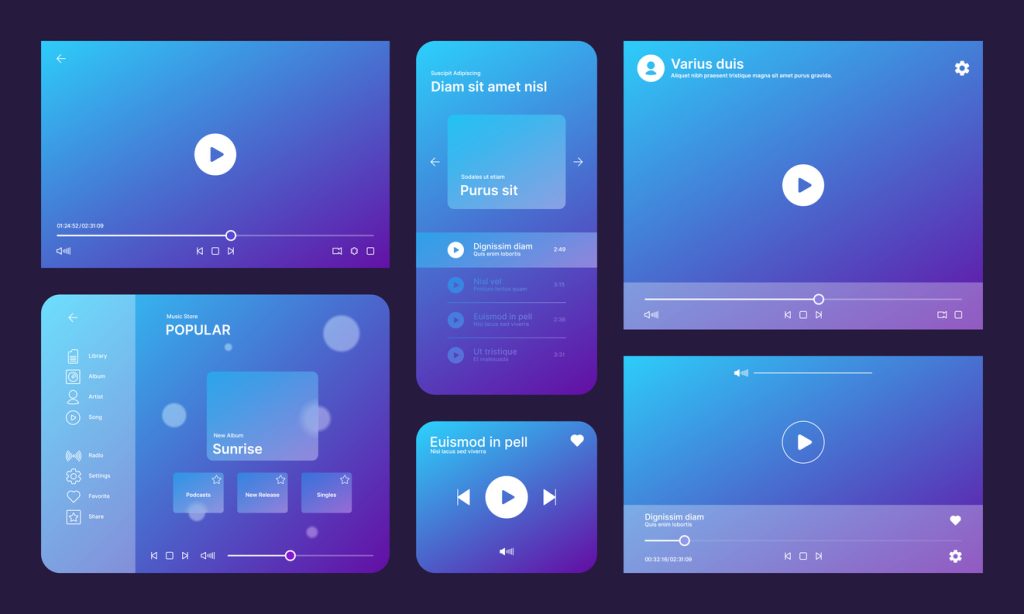In the digital age, businesses and developers constantly seek ways to create seamless, engaging, and efficient interactions for their users. One of the most significant advancements in this pursuit is the development and implementation of Progressive Web Apps (PWAs). Combining the best features of web and native applications, PWAs offer an enhanced user experience that is both robust and versatile. In this article we explore how PWAs enhance user experience, their key features, and their practical applications in various industries.

What are Progressive Web Apps
Progressive Web Apps (PWAs) are web applications that use modern web technologies to deliver an app-like experience to users. Unlike traditional web apps, PWAs are designed to work on any device with a standards-compliant browser, providing a consistent user experience across platforms. They leverage service workers, web app manifests, and HTTPS to offer offline functionality, push notifications, and secure connections.
Key Features of PWAs

Responsiveness
PWAs are designed to be responsive, meaning they adapt seamlessly to different screen sizes and resolutions. This ensures a consistent experience whether users access the app on a smartphone, tablet, or desktop computer.
Offline Capability
One of the standout features of PWAs is their ability to function offline or in areas with low connectivity. This is achieved through service workers, which cache essential resources and enable the app to load even without an internet connection.
App-Like Feel
PWAs mimic the look and feel of native apps, offering smooth interactions and navigation. They can be added to the home screen of a device, providing quick access and a full-screen experience without the clutter of browser controls.
Push Notifications
PWAs support push notifications, allowing businesses to engage users with timely updates and reminders. This feature helps maintain user engagement and can drive re-engagement with the app.
Security
PWAs are served over HTTPS, ensuring that data exchanged between the user and the server is secure. This security feature builds trust with users and protects sensitive information.
Automatic Updates
Unlike native apps that require users to download updates manually, PWAs update automatically. This ensures that users always have access to the latest features and improvements.
How do PWAs Enhance User Experience

Improved Performance
Performance is a critical aspect of user experience. Slow loading times and laggy interactions can frustrate users and lead to higher bounce rates. PWAs address this issue by caching resources locally, enabling faster load times and smoother performance. This is particularly beneficial in regions with slower internet speeds, ensuring that users have a positive experience regardless of their network conditions.
Consistency Across Devices
With the growing diversity of devices used to access the internet, ensuring a consistent user experience across all platforms is essential. PWAs are designed to be platform-agnostic, providing the same functionality and interface on any device. This consistency enhances user satisfaction, as they can switch between devices without encountering discrepancies in the app’s behavior or appearance.
Enhanced Engagement
Engagement is crucial for the success of any application. PWAs offer several features that boost user engagement, such as push notifications and offline access. Push notifications can be used to send personalized updates, reminders, and promotions, encouraging users to return to the app. Offline access ensures that users can continue to interact with the app even when they are not connected to the internet, reducing drop-off rates.
Ease of Installation
One of the barriers to user adoption of native apps is the need to download and install them from an app store. PWAs eliminate this hurdle by allowing users to install the app directly from the browser with a single click. This ease of installation reduces friction and increases the likelihood of users adding the app to their home screen.
Lower Development Costs
From a business perspective, PWAs offer a cost-effective solution for providing a high-quality user experience. Developing and maintaining separate native apps for different platforms can be expensive and time-consuming. PWAs, on the other hand, require only a single codebase that works across all devices. This reduces development costs and simplifies maintenance, allowing businesses to allocate resources more efficiently.
Practical Applications of PWAs

E-Commerce
E-commerce platforms can significantly benefit from PWAs. Features like offline access and push notifications can enhance the shopping experience, leading to higher conversion rates. For example, users can browse products and add items to their cart even without an internet connection. Once they are back online, they can complete their purchase seamlessly. Push notifications can alert users to special offers, abandoned carts, and order updates, driving re-engagement and sales.
News and Media
News websites and media outlets can use PWAs to provide users with up-to-date content and personalized notifications. Offline access ensures that users can read articles even when they are not connected to the internet, making the app more reliable and user-friendly. Push notifications can deliver breaking news alerts and personalized content recommendations, keeping users engaged and informed.
Social Networks
Social networking platforms can leverage PWAs to offer a consistent and engaging user experience across devices. Features like push notifications can keep users updated with new messages, friend requests, and other activities. Offline access allows users to view and interact with previously loaded content, ensuring they stay connected even in areas with poor internet connectivity.
Travel and Hospitality
Travel and hospitality businesses can use PWAs to enhance the user experience for booking flights, hotels, and other services. Offline access ensures that users can access their itineraries and travel details without an internet connection, providing peace of mind during their journeys. Push notifications can send timely updates about flight delays, check-in reminders, and special offers, improving customer satisfaction and loyalty.
Conclusion
Progressive Web Apps represent a significant advancement in web development, offering a powerful solution for enhancing user experience. By combining the best features of web and native apps, PWAs deliver improved performance, consistency, and engagement across all devices. Their ability to work offline, send push notifications, and provide an app-like feel makes them a valuable tool for businesses looking to improve user satisfaction and drive growth. As the digital landscape continues to evolve, PWAs are poised to play a crucial role in shaping the future of user experience.
